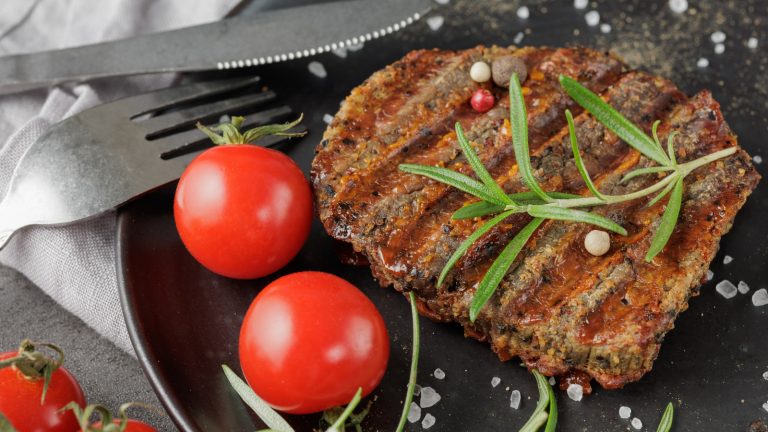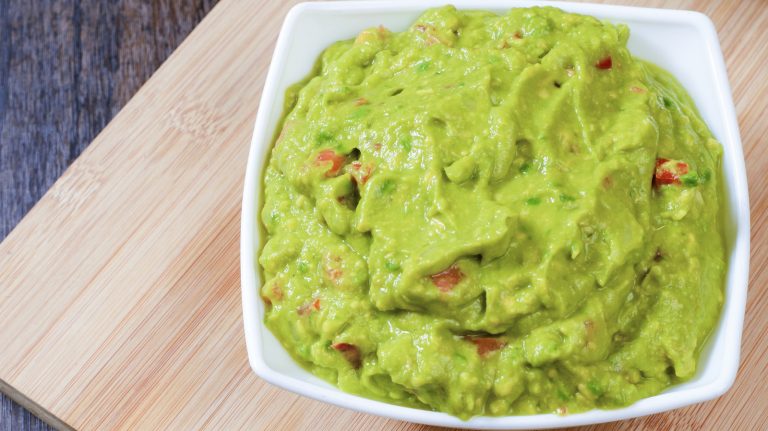Some steakhouse classics will always be highlighted by a fine dining establishment. But sirloin, despite being one of the most well-known cuts of steak, susually isn’t one of them. This may surprise some people because, according to Cargill’s Future of Beef report, sirloin steaks are actually the second most popular cut at restaurants. However, sirloin sees the biggest variation in its popularity between casual restaurants and their high-end counterparts. The other top cuts — ribeye, filet mignon, and New York Strip — all get more popular the more expensive a restaurant gets, but sirloin orders plummet to the eighth most popular. To find out what is going on, we reached out to Chef Pete Geoghegan, Cargill’s culinary director, to ask why sirloin isn’t a top choice for fine diners.
According to Geoghegan, “Fine dining customers expect a luxurious eating experience, which sirloin doesn’t typically deliver compared to more marbled, tender cuts.” He explains that marbling in particular is key to the rich flavor that diners associate with higher-end cuts like ribeye. In contrast to that, he says, “Sirloin is leaner and comes from a part of the animal (the round) that gets more muscle movement, making it less tender than premium cuts.” And while tenderness and marbling are important to higher-end steak cuts, sirloin is also pretty common everywhere, which makes it feel less special. “Cuts like tenderloin are rarer (only two per animal), making them more exclusive and desirable—a key appeal in fine dining,” Geoghegan continued.
Sirloin is a lean cut of beef that lacks the rich flavor of more expensive alternatives
The main thing is, when you spend lots of money, you’re expecting something special, an elevated experience that justifies the money you are spending. And even if your sirloin is really good, it’s just not going to deliver the buttery texture diners associate with luxury restaurants. But the same qualities also make sirloin great for other purposes.
Geoghegan says, “Sirloin is more affordable than premium cuts, making it more accessible for casual dining menus.” While sirloin might not be well marbled and rich, it is, as he explains, “lean but flavorful, and works well with marinades and added flavors, which casual restaurants often use.” A lot of people might balk at covering their nice porterhouse in something like a blue cheese crust, but few people have those reservations about sirloin, which makes it easier to add flavor without spending much. It also makes sense for the restaurants themselves too. It’s pricey for them to source a prime rib, just like it is for you to buy it, so an affordable, abundant cut like sirloin lets a casual dining spot offer a steak dish without too much risk.
The sirloin’s lack of popularity in fine dining isn’t an indictment; it just shows some cuts of steak are better suited to different roles. Sirloin is not just a great choice at a casual spot, it’s perfect for an affordable weeknight steak recipe as well. Sometimes that’s more than enough.






